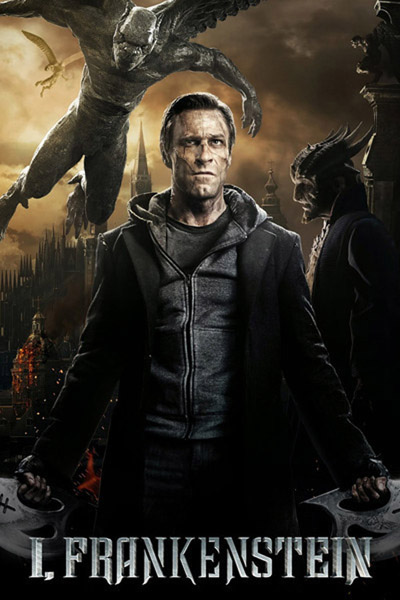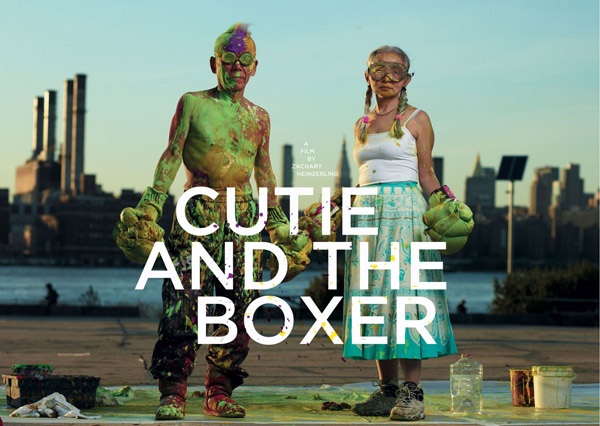
By Robin E. Simmons
I, FRANKENSTEIN
 I’m pretty sure no one sets out to make an intentionally bad film, but you have to wonder at some of the movies that actually reach our neighborhood screens. Last week I – and many others — had such high hopes for this reboot of the Frankenstein mythos. The notion of Aaron “Two Face” Eckhart inhabiting the monster for which we have such affection — and fear — promised something compelling, no?
I’m pretty sure no one sets out to make an intentionally bad film, but you have to wonder at some of the movies that actually reach our neighborhood screens. Last week I – and many others — had such high hopes for this reboot of the Frankenstein mythos. The notion of Aaron “Two Face” Eckhart inhabiting the monster for which we have such affection — and fear — promised something compelling, no?
Although Eckhart’s voice over at the beginning promises an adherence to what we know about Shelly’s Creature, the quick filmic departure into a character that has little connection to Shelly remarkable novel. In fact, the end result is a film that would make Mary Shelly spin in her grave. The primary theme of What makes us human? is abandoned. So are the questions regarding our relationship to a Creator.
The finished film is a hodge-podge of bits and pieces that try very hard to establish a new franchise and to hold our attention — neither of which works. This time around, Frankenstein’s creature, now dubbed Adam, is caught up in a war between gargoyles and demons. Yes, you read that right. I don’t remember that in Shelley. Nor do I recall the Creature’s immortality. There’s a strong UNDERWORLD vibe that permeates everything and it’s not for the better. When Lenore, Queen of the Gargoyles entered the picture, there was loud, cynical laughter from some in the sparse audience. It’s here I kind of lost track of the plot.
On the positive side, Eckhart does look amazingly fit as Adam, but the special effects have a thrown together, cheap look. I am not sure what this movie is really about. I think for this kind of movie to connect with an audience, it has to have embedded in it’s theme, a world or universe that is an extension of stuff we feel in real life – no matter how fantastical. Writer director Stuart Beattie was a creative force behind PIRATES OF THE CARIBBEAN: THE CURSE OF THE BLACK PEARL as well as G.I. JOE: THE RISE OF COBRA. That may explain a lot.
THE ACT OF KILLING
 Gangsters Anwar Congo and Adi Zulkadry (North Sumatra) led the most notorious death squads following the failed coup that overthrew Sukarno in 1965. Today, Congo is held in high esteem as the founder of a right-wing militia that grew out of the massive killings.
Gangsters Anwar Congo and Adi Zulkadry (North Sumatra) led the most notorious death squads following the failed coup that overthrew Sukarno in 1965. Today, Congo is held in high esteem as the founder of a right-wing militia that grew out of the massive killings.
Director Josh Oppenheimer’s recreation of the killings, with the enthusiastic cooperation of Congo and his cronies, is beyond chilling. The militant organization, Permuda Pancasila, is so powerful it openly boasts of its own corruption. Top political leaders are members who admit rigging election to planning genocide.
With the army’s help, Congo’s death squads killed more than one million people –communists, ethnic Chinese, scholars and intellectuals, etc. — in less than a year. As the go-to executioner, Congo admits killing hundreds with his own hands.
This film was unsettling and, in places, very difficult to watch. The reenactments of the bloody crimes by Congo, in which he chooses to play a victim, led to a cinematic version of his nightmares. Congo breaks down, and wonders if he really has “sinned” or not but vows that he does not want the memories to come back and haunt him.
Oppenheimer’s surreal, fever dream of a documentary knocked the air out of me with its raw, painful, intensity.
 When Congo and his mass murdering friends play themselves on screen in the various movies styles they most love (a la “westerns” or “film noir”), you will never question the power of film to confront pure evil and perhaps force change in a banal regime that rules with fear and the ability to wage crimes against humanity without accountability. But for now, these death squad leaders are celebrated as heroes and they are happy to re-enact their exploits on film to the cheers of the populace.
When Congo and his mass murdering friends play themselves on screen in the various movies styles they most love (a la “westerns” or “film noir”), you will never question the power of film to confront pure evil and perhaps force change in a banal regime that rules with fear and the ability to wage crimes against humanity without accountability. But for now, these death squad leaders are celebrated as heroes and they are happy to re-enact their exploits on film to the cheers of the populace.
In a Skype bit near the end of the film, Anwar Congo expresses new concerns to Oppenheimer about the film and the unexpected negative reactions by some Indonesians. Congo says it’s making life difficult for him.
Early in postproduction, acclaimed filmmakers Werner Herzog and Errol Morris signed on as executive producers.
CUTIE AND THE BOXER
 Brooklyn artists Ushio and Noriko Shinohara have been married 40 years. What makes them so special is the bond they have built around a shared creative compulsion. Which does not mean all is rosy.
Brooklyn artists Ushio and Noriko Shinohara have been married 40 years. What makes them so special is the bond they have built around a shared creative compulsion. Which does not mean all is rosy.
Zachery Heinzerling’s nicely crafted double portrait is a lively, colorful tapestry of two artists at work. We see and hear them encourage and torment each other. This unusual, complex, couple struggles with the entanglements of making art and living life.
 More than 35 years ago, Ushio Shinohara was a star in the NYC art scene. Now 80, the “boxing” painter is hard at work preparing for a show he hopes will jump-start his mordant career. His wife Noriko, 25 years his junior, is his assistant, although she is working on a series of “Cutie” illustrations that depict their tumultuous 40-year marriage.
More than 35 years ago, Ushio Shinohara was a star in the NYC art scene. Now 80, the “boxing” painter is hard at work preparing for a show he hopes will jump-start his mordant career. His wife Noriko, 25 years his junior, is his assistant, although she is working on a series of “Cutie” illustrations that depict their tumultuous 40-year marriage.
I love this film that’s really about how much we will happily sacrifice if we have art and love in our lives.
This Oscar nominated film will be on Blu-ray February 4.
Comments? RobinESimmons@aol.com











































